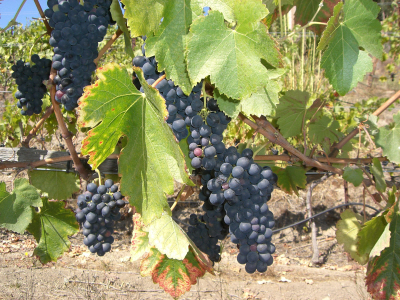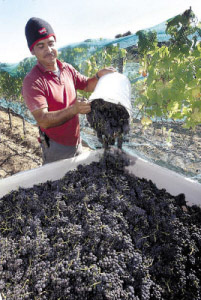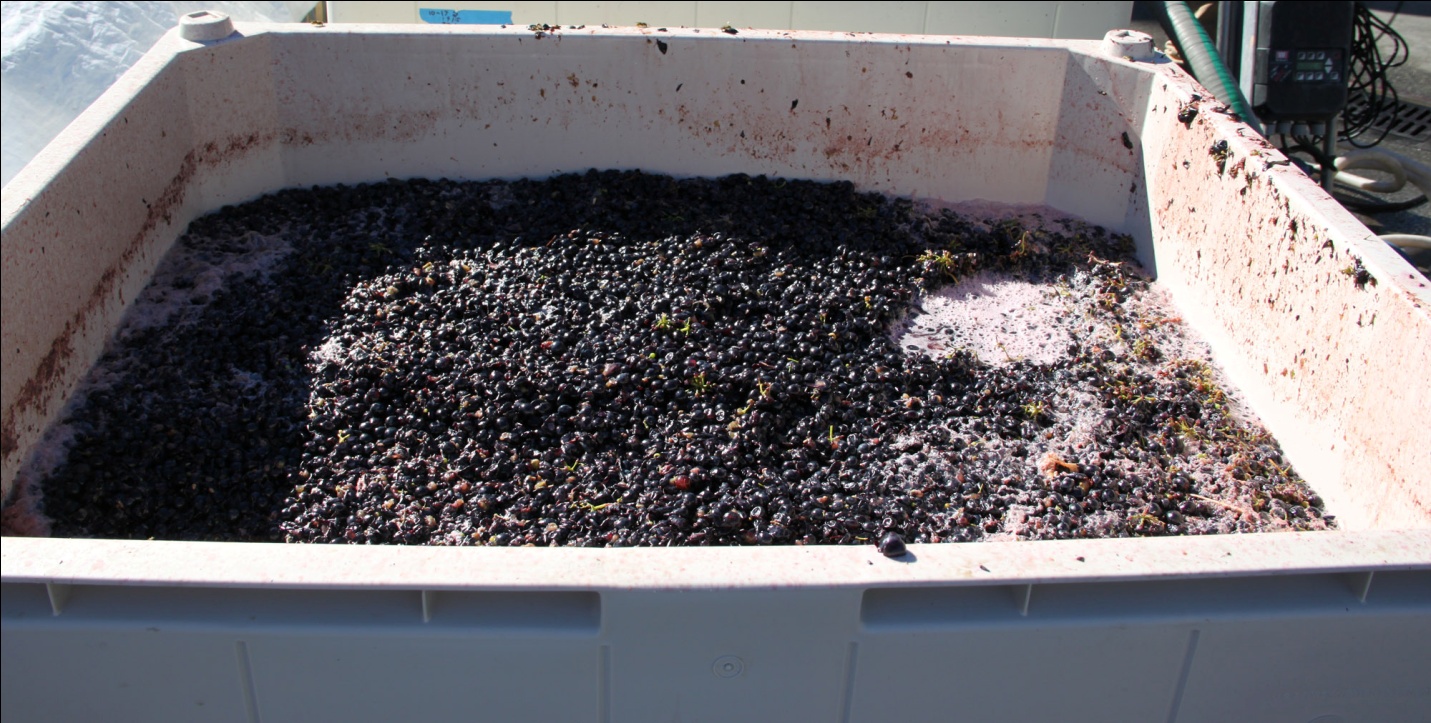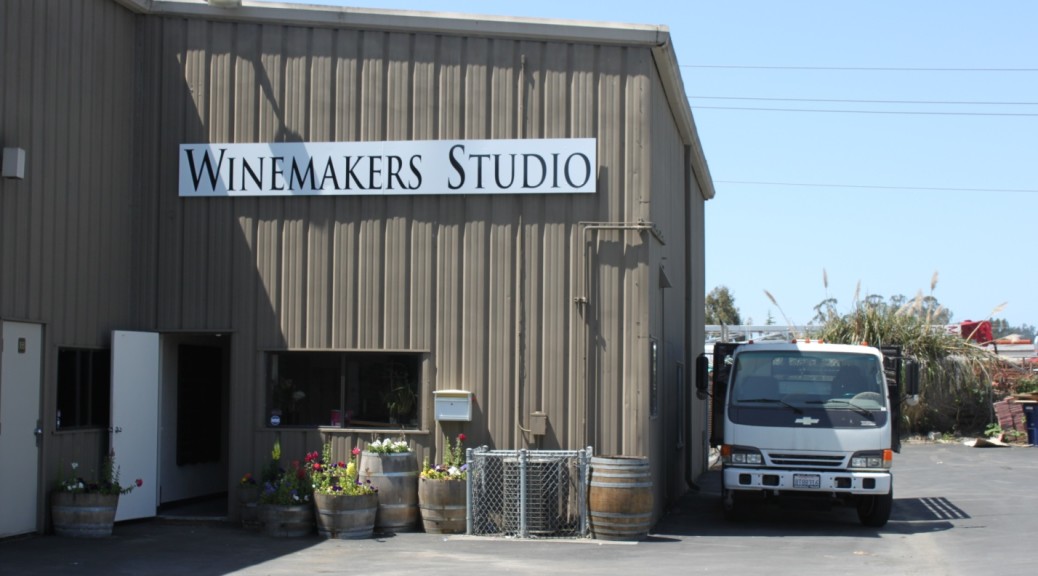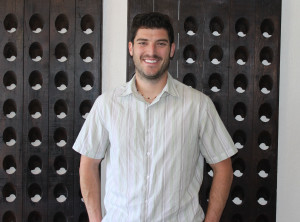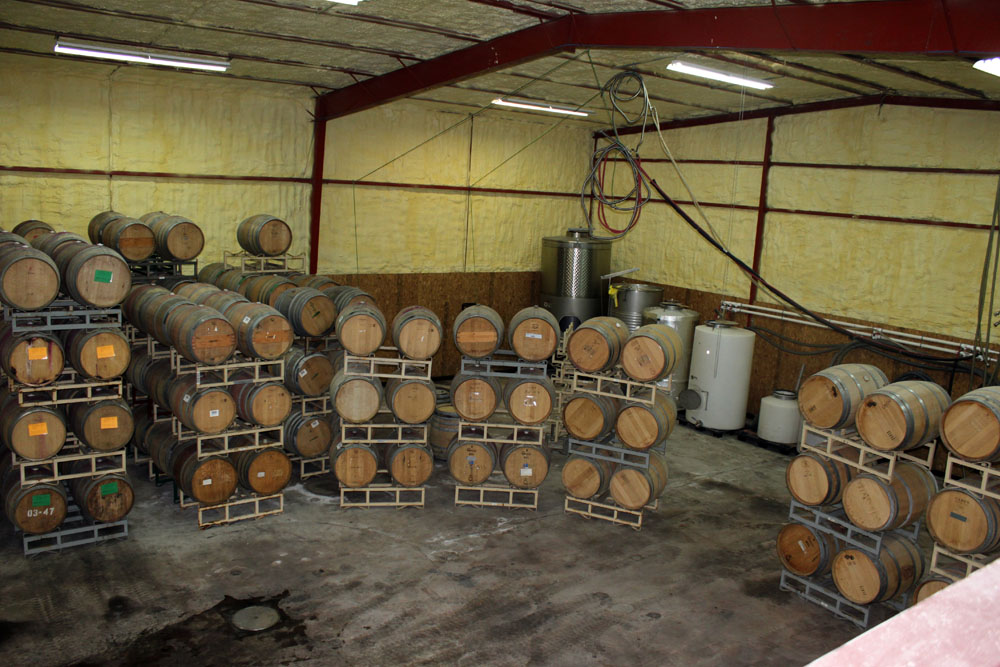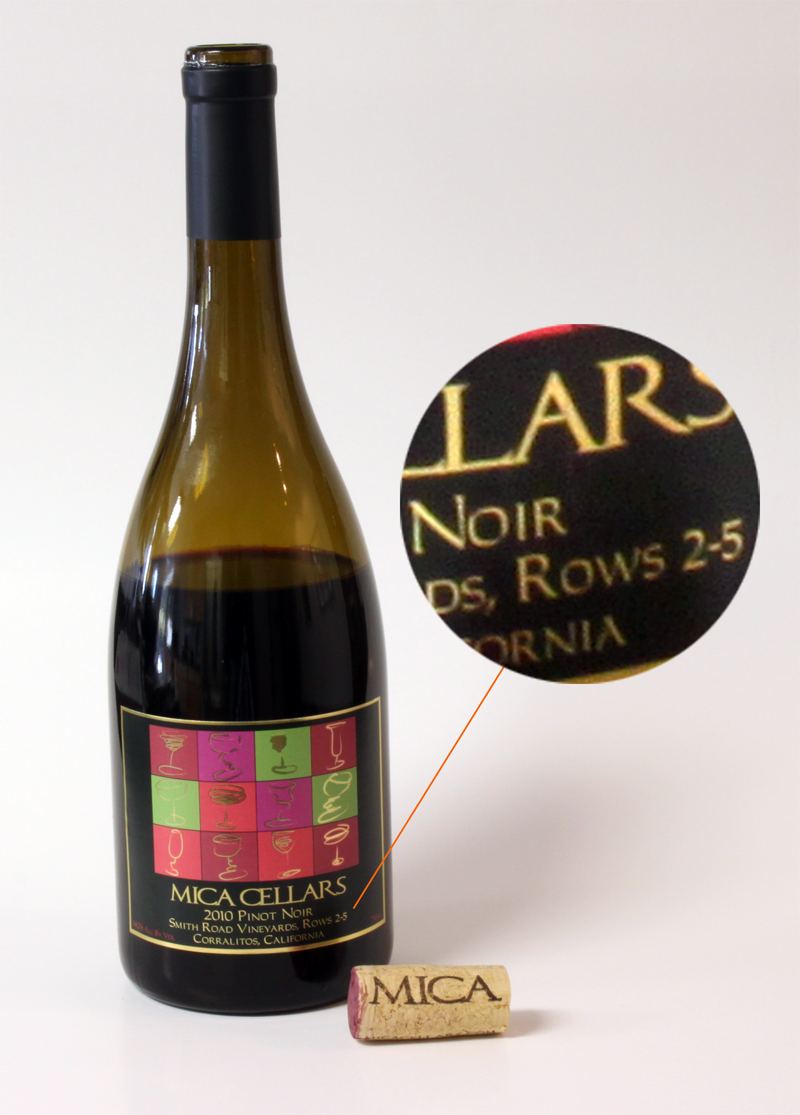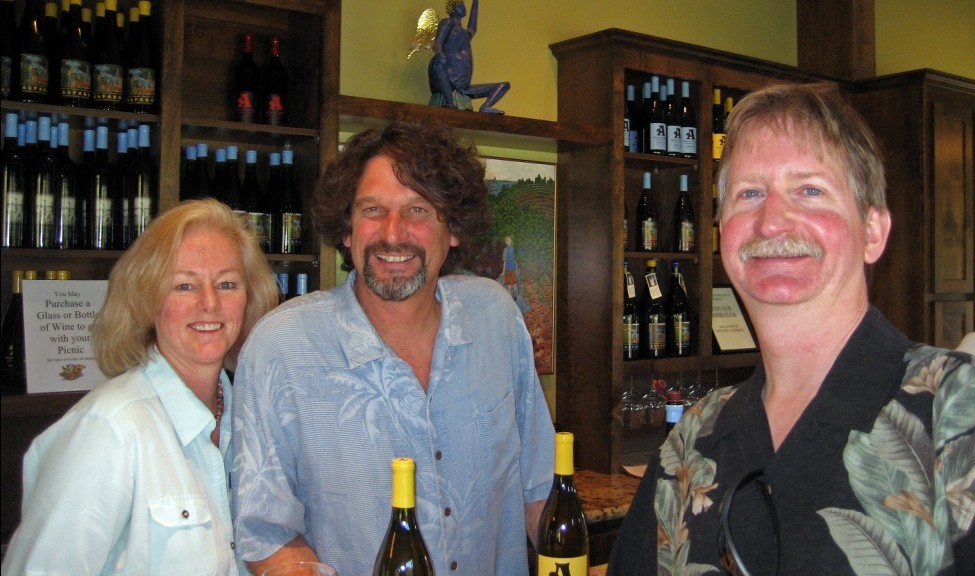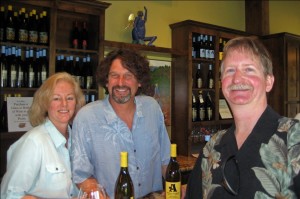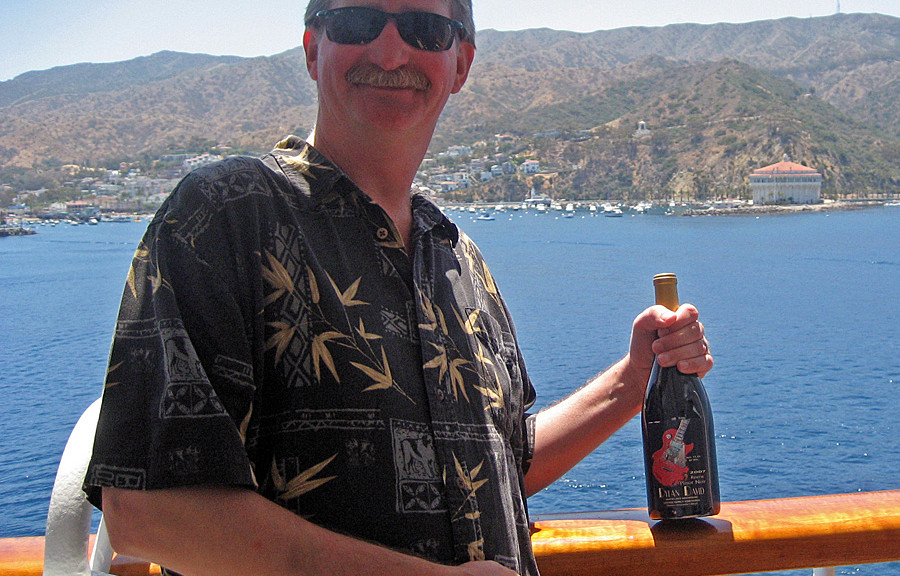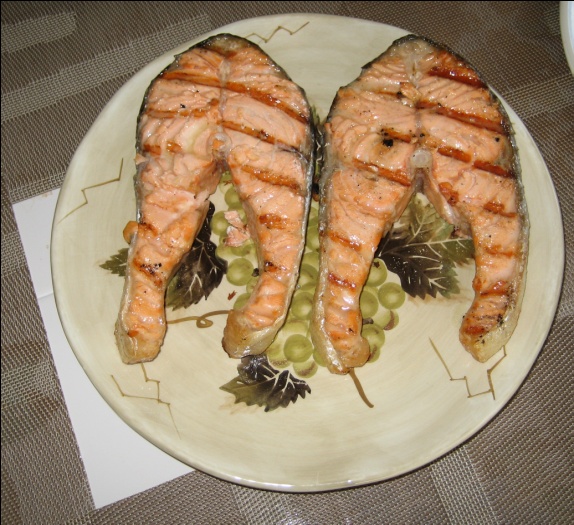If you’re not busy on a weekend afternoon and feel like taking a drive into the Santa Cruz Mountains, Soquel Vineyards is a great destination. They’re above Soquel Village, on Glen Haven Road next to Camp Kennolyn, and were founded by twin brothers Peter and Paul Bargetto and their friend Jon Morgan. The Bargetto name has long been synonymous with winemaking in the Santa Cruz area.
The estate is about ten minutes from Soquel Village and it’s a leisurely drive. I think you’ll find that the Chardonnay and Pinot Noir are worth the drive alone, but if that doesn’t do it for you the views are sure to amaze whether you have a clear view of the Monterey Bay or the romantic visage of fog slowly rolling up the hill.
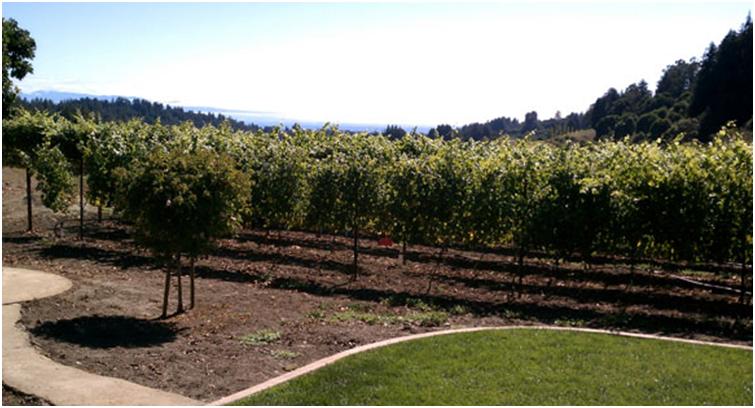
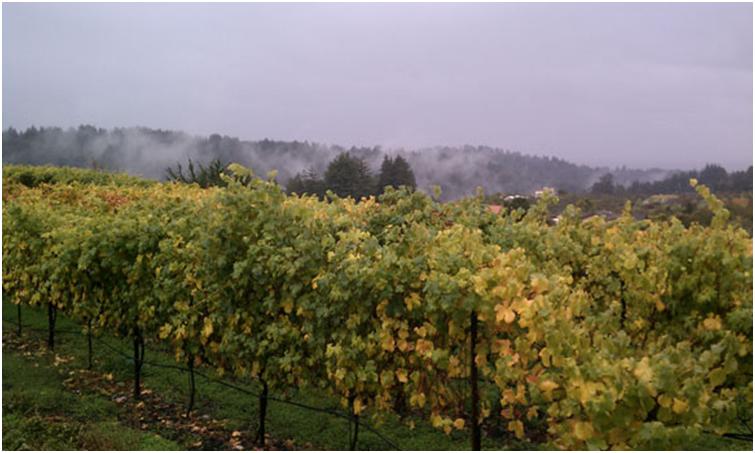
One of the stars of the tasting menu is the Partner’s Reserve Pinot, which is a blend of 16 clones from four vineyards. The 2010 vintage of this magnificent wine won the gold medal in the San Francisco Chronicle Wine Competition.
Soquel Vineyards also makes a superbly nuanced Lester Pinot; regular readers know my fondness for the Lester fruit. I also love cabs, and the Bald Mountain Cabernet Sauvignon does not disappoint.
Being of Italian heritage (Peter speaks the language fluently and often visits “the old country”) the brothers always have some Sangiovese on hand. Peter might even be coaxed into offering you a barrel sample, while answering any questions you have about the winemaking process.
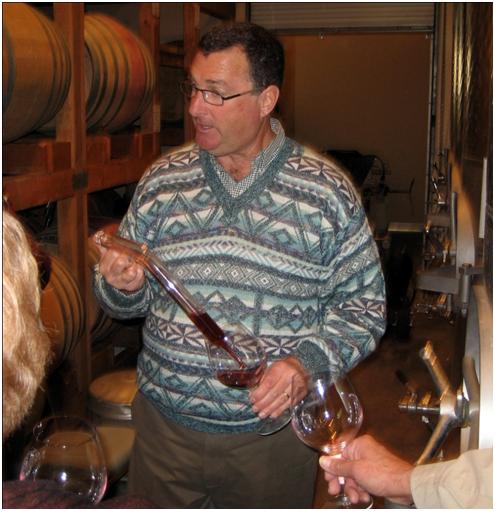
The boys don’t get to have all the winemaking fun at Soquel, as they are joined by talented and adorkable assistant winemaker Olivia Tuetschel, also a frequent presence in the tasting room.
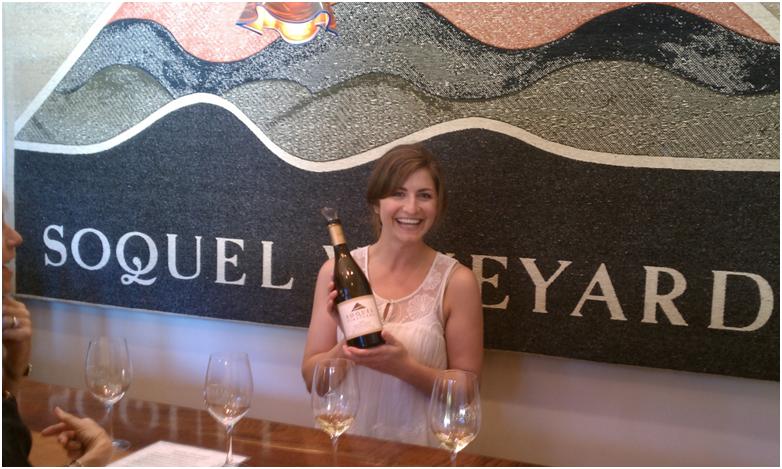
Chardonnays are a specialty at Soquel Vineyards and O’s Chardonnay, made by Olivia, is a great one. I was lucky enough to participate in the “Boy’s versus Girl’s Chardonnay Taste Off” in the barrel room when the wines were just about ready for bottling and I can conclusively state that all the winemakers are on top of their game at Soquel.
Like every Italian-American family I know, the Bargetto’s love cooking. I can remember falling in love with this place the first time I visited, as no sooner had I taken my first taste of delicious Santa Cruz Mountains Chardonnay than Paul Bargetto approached with wood fired pizza, hot out of the oven.
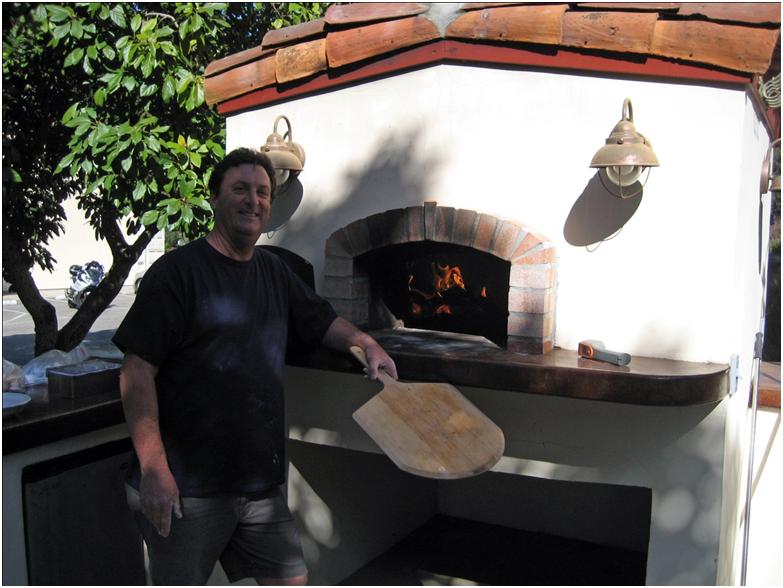 Paul is always experimenting with the pizza recipes, so visiting can be a new experience every time. And the cuisine isn’t always limited to pizza. One of the best winery snacks I’ve had in recent memory was pomegranate pear mandarin pizza and sushi. You can’t get that kind of experience just anywhere.
Paul is always experimenting with the pizza recipes, so visiting can be a new experience every time. And the cuisine isn’t always limited to pizza. One of the best winery snacks I’ve had in recent memory was pomegranate pear mandarin pizza and sushi. You can’t get that kind of experience just anywhere. 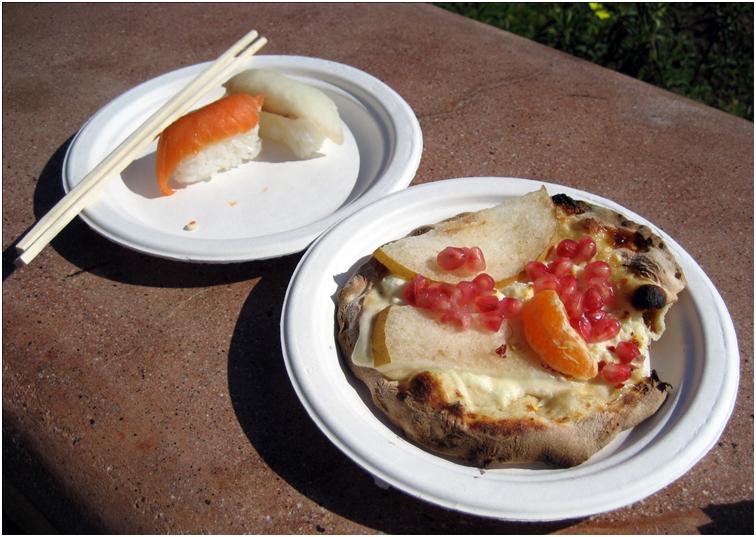
I’ve enjoyed the great wines, gourmet food and genuine hospitality at Soquel Vineyards many times and I’ve always had a great time. I highly recommend taking a trip up there.
